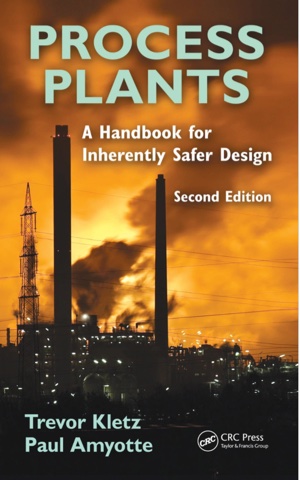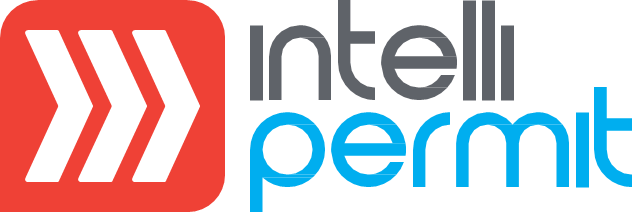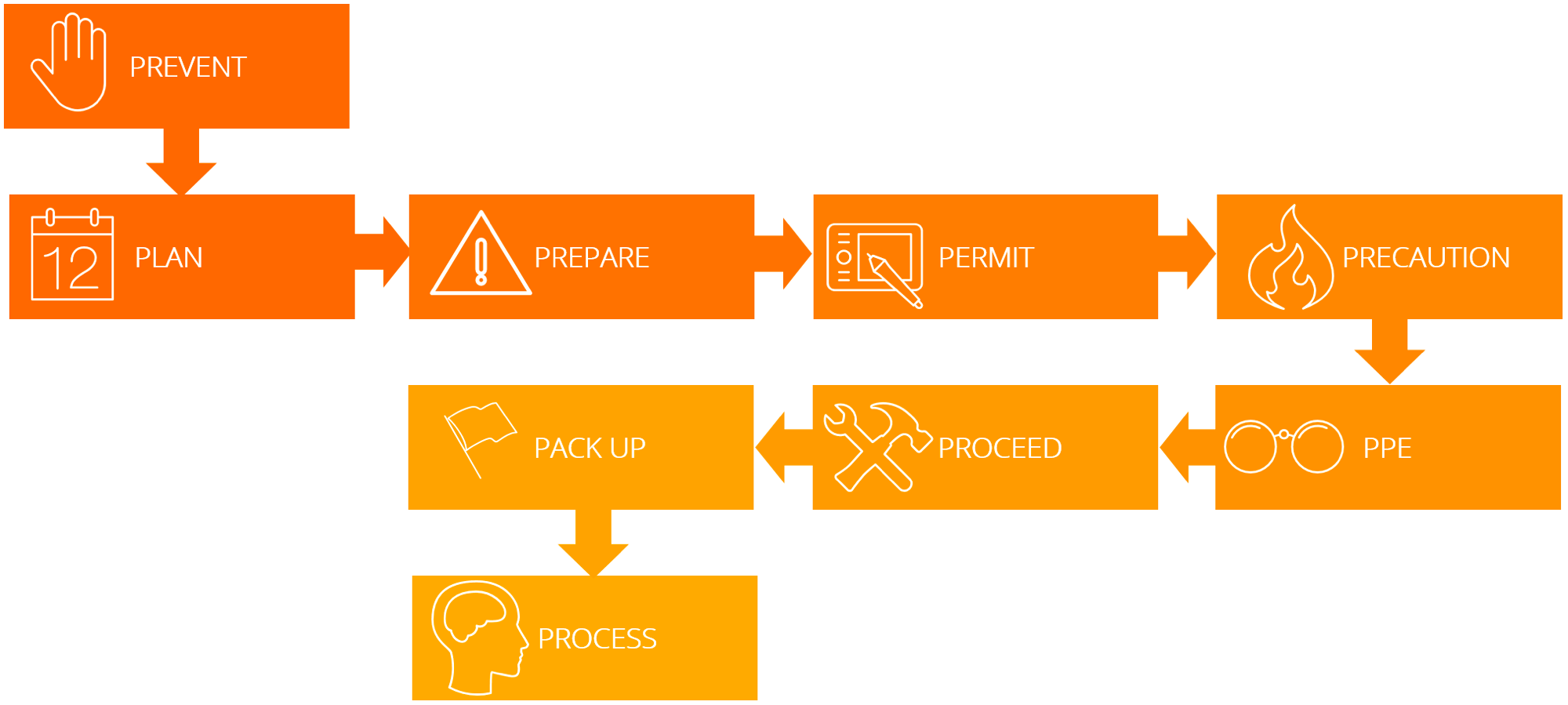9 Steps to Safe Work with a Permit
The permit to work helps to reduce the risk of safety incidents by ensuring the people involved are aware of the specific hazards, take the necessary precautions and are competent for the work. It also ensures that communication takes place between production and maintenance teams throughout the job from planning, preparation, job execution to hand over and restoring the plant to normal operations.
We continue this series on permit to work basics by looking at at the high-level permit process involved. There are nine key steps involved. We can use these steps as a checklist when designing the permit to work process, when reviewing the procedures in your company and when training personnel.
Safety risk is not something that can be totally eliminated. Each job will have its own unique requirements related to the situation, the process, the site and the work to be done. There are however a number of principles that help in reducing risk and these are described below.
The 9 key steps in maintenance work using a permit are shown in the diagram below.
(These steps normally take place sequentially, but in practice some can happen simultaneously and there can be variations to the process. It might be helpful to regard these steps not necessarily as sequential, but rather as principles that need to be considered).
Each of the 9 steps are described below. They each start with the letter ‘P’ to make it easy to remember.
Step 1: Prevent

“Prevention is better than cure”. All dangerous work should be reduced or eliminated as far as possible. The principle here is to avoid and not necessarily expose people to harm in the first place.
Prevention is achieved by good design in three key areas – equipment, process and work:
1. Good equipment design
The plant should be designed that people are separated from hazardous situations as far as possible, and to make sure the plant is inherently safe. Good equipment design can be accomplished through four techniques as described by Kletz in his book on inherent safe design:

The four techniques are:
- Minimise – reducing the amount or quantity of hazardous materials
- Substitute – replace hazardous materials with less hazardous materials
- Moderate – limit the strength of the hazardous material by for example using cold dilute liquid to clean rather than hot concentrated liquids
- Simplify – remove complexity in the design to limit equipment interactions and associated systems as far as possible
2. Good process design
The process should be designed to be as inherently safe as possible. The same principles as for equipment design will apply here – i.e. minimize, substitute, moderate and simplify. Design techniques like Hazard and Operability studies (HAZOP) help ensure that the process is inherently safe.
3. Good work design
Work in hazardous environments must also be designed in a way that reduces or eliminates safety related risk. This means that careful planning and consideration of alternatives is required for every job. Good work design should address the right tools, the right procedures, skills and so on. Proper upfront planning always improves the quality of the work done, a job poorly done will involve rework and could even introduce more safety risk.
Step 2: Plan

Before launching in and initiating a permit it is very important to plan maintenance work ahead of time. Each job is different and may expose people to a unique combination of hazards and dangerous conditions in the field. Planning is proactive in nature and is an opportunity to foresee and avoid unnecessary risk.
Good planning involves careful scheduling of work in advance. A good planned maintenance system such as SAP or OptiRUN inherently allows for this. When breakdowns occur and emergency maintenance is required, it is still important to pause to plan; i.e. stop and think before acting.
Planning involves identifying the work to be done, the process/equipment affected, any spares required, what tools are required and whether any special skills will be needed. It also involves ensuring that all supporting safety equipment such as personal protective equipment, test equipment and so on is available.
Step 3: Prepare

Once the work has been planned and it is time to commence work, the work site will need to be prepared.
Preparation at the work site is done ahead of time (for example during the night shift) and might involve shutting down the process, cleaning out the process equipment, draining and purging, installing isolations where required and making the work site safe. Often this preparation is done by process operators – but this is not always the case. Preparation work could also take a long time and involve several shifts – so communication between shifts is very important.
Preparation usually also involves a site inspection to confirm exactly what needs to be done. It is also a good idea fo planners to check the maintenance system for other pending work orders in the same area so that maximum advantage is taken of the shut down window.
Step 4: Permit

The permit will be created (initiated) from the work order or job card. A system like IntelliPERMIT allows for certain permit information to be recorded several days in advance of the actual work taking place with the final information recorded at the time work is actually about to start.
Many industrial sites have a central permit office where permits are prepared, reviewed and authorized by operations and maintenance representatives.
The person responsible for the authorization of the permit (the authorizer) signs the permit, together with the person responsible for work in the field (the acceptor). The permit will also record the names and signatures of the work crew who will go out into the plant.
If the same job has been done previously, or the job falls in a special category of work such as confined space entry, special templates can be used to streamline the creation of a permit and improve the integrity of the procedure. These templates are designed in advance to cater for specific hazardous jobs. They incorporate specific business “rules” that always have to be followed. This ability to easily create a permit from a template is where an electronic permit to work system like IntelliPERMIT can be particularly useful in speeding up the preparation and issuing of permits without compromising safety.
A well-designed permit system will ensure that the team properly considers the hazards related to the work, together with the necessary precautions to be taken.
Step 5: Precaution

During the creation of the permit the specific job hazards are identified and the precautions needed for safe work are also identified. Precautions could for example be special procedures to be followed, specific tools, isolations, any additional roles such as a spotter for confined space work, isolations, special PPE and so on.
The management of isolations is a separate topic and covered in detail separately. It is however very important that the permit process incorporates isolation management as an integral part of the process. Isolations are usually managed with a system of locks and keys and these need to be carefully controlled.
Step 6: Personal Protective Equipment (PPE)

A special class of precaution is the use of personal protective equipment (PPE). Standard PPE such as safety boots and hard hat will most likely be required for all work on the plant and will be specified in site policy / procedures. This and any additional PPE for the job will be specified on the permit as required.
PPE needs to be appropriate for the job and in good condition. Over-specifying PPE can sometimes introduce additional risk, so the PPE requirement needs to be carefully considered by someone experienced in the work to be done. For example leather gloves are prescribed to protect against heat or sharp edges. But these gloves can impair a technicians ability to do fine mechanical work requiring dexterity. The result is that either the technician attempts the job with gloves on and does not do a good repair, or ignores the requirement, takes the gloves off and violates the permit rules. Here judgement and experience is important to ensure that the PPE requirements are actually practical and contribute to safety and do not detract from it.
Step 7: Proceed

This step involves issuing the permit and commencing the work in the field.
In order to become a binding “contract” the permit needs to be formally issued and accepted by the respective parties. The permit will at this stage have all vital information including inter-alia the work to be done, the hazards identified, the precautions to be taken (including PPE) and the members of the team who will do the work with their skills/competencies checked.
Having a physical document in the form of a printed certificate is important so that people in the field without access to a computer are in possession of the necessary information. A physical document also makes it possible for a safety representative to independently verify that all work in the field is being done according to the permit requirements.
Depending on the nature of the process and the site conditions it will sometimes be necessary to also perform a job risk assessment (“JRA”) at the work site. The JRA is a structured methodology that considers the steps needed to complete the job and any specific hazards, risks and controls needed to work safely. The JRA and the permit work together to ensure that work is set up and proceeds safely – the permit controls the overall process whereas the JRA controls the specific tasks performed at the site.
For more information on the JRA process please refer to https://www.intellipermit.com/job-risk-assessments/
During the work it is necessary to monitor activities to ensure that the precautions identified in the permit are adhered to and that nothing changes at the work site or in adjacent areas that might impact on the safety of the people in the field.
When the work is completed it is important to inspect the work done and test the repairs before re-energising the system. Each of these steps must be controlled with the permit – in some cases a temporary “test permit” may be needed for briefly energising equipment to run local tests before finally restoring the plant back to normal.
Step 8: Pack-up

After work is completed the site must be restored and all tools and temporary equipment packed-up. In consultation with plant operations individual isolations are systematically removed and the section of plant is then recommissioned and put back into service.
The hand over is governed by the permit procedure and involves transfer of responsibility from the maintenance function back to normal operations.
The permit is then finally signed off and the team is able to then work on a new job. Certain controls can be implemented at this stage, for example contractors might not be able to leave site until the site is cleared, all equipment is packed up and the permit is signed off.
Step 9: Process

The final step takes place once all work is complete and involves auditing, reviewing and processing the information from the permit system.
Having signed off the permit the immediate job might be complete, but this is not the end of the story. An important step in a well-designed safety management system is to analyse the information from past permits to identify trends and weaknesses in safety procedures. It is also important to incorporate lessons learnt into procedures going forward. This forms part of a “safety management system” which is the subject of a separate article.
This auditing process systematically reviews the work done, any safety concerns, any recurring problems and so on.
This regular audit of permits is an invaluable function and can result in new procedures, specific training interventions, improved business “rules” in the permit system and a more effective maintenance process.
In Summary
The steps described above are typical of the approach that is followed during non-routine maintenance using a permit. Each site will of course have variations on this process depending on the nature of the operation and the type of work taking place on the site. The underlying principles will be the same, yet each implementation of the permit to work safety system will be different. There will also be specialized permits designed for specific types of work. – for example working in confined spaces, working at heights, hot work permits and so on.
One of the strengths of IntelliPERMIT is its flexibility in easily customizing the system to fit the site-specific requirements, and not the other way around. During implementation of the system your exact processes are documented and mapped to the IntelliPERMIT system configuration. This process is an opportunity to optimise your procedures and implement improvements together with the IntelliPERMIT consultant.
For more information on designing the permit to work process and what services we offer in this regard please contact the IntelliPERMIT team at Adapt IT.
Continue Reading
Q&A with IntelliPERMIT Consultant Lungelo Majozi
Explore the advantages of electronic permit to work (e-PTW) systems over paper methods, from faster investigations to specific hazard management. Learn how e-PTW enhances safety, prevents redundant isolations, and ensures accountability. Discover future trends like 3D modeling. IntelliPERMIT automates tasks, improves communication, and reduces costs, making workplaces safer and more efficient.
Powering Safety Innovations: An Exclusive Q&A with IntelliPERMIT Consultant Shirley Breytenbach
IntelliPERMIT transforms permit management with streamlined processes, competency-based approvals, and real-time visibility. Ensure regulatory compliance, enhance worker safety, and boost operational efficiency. The system offers seamless integration, empowering organisations to proactively mitigate safety risks.
Safety Software Implementation Success : An Exclusive Q&A with IntelliPERMIT Consultant Henry Boshoff
Unlock safety software success with IntelliPERMIT: Prioritise key features, secure user buy-in through change management, and foster collaboration. Set measurable goals, leverage incident data for proactive decisions, and ensure intuitive search capabilities. Streamline report generation and simplify scheduling and management of training, drills, toolbox talks, and audits. Overcome adoption challenges by addressing pain points and customizing the software. Enhance user adoption with automation and user-friendly interfaces. Evaluate safety software providers based on knowledge, experience, and adherence to standards—IntelliPERMIT excels. Easily integrate with existing systems through standard APIs. Opt for web-based software for accessibility and usability. IntelliPERMIT enhances safety practices and compliance.




